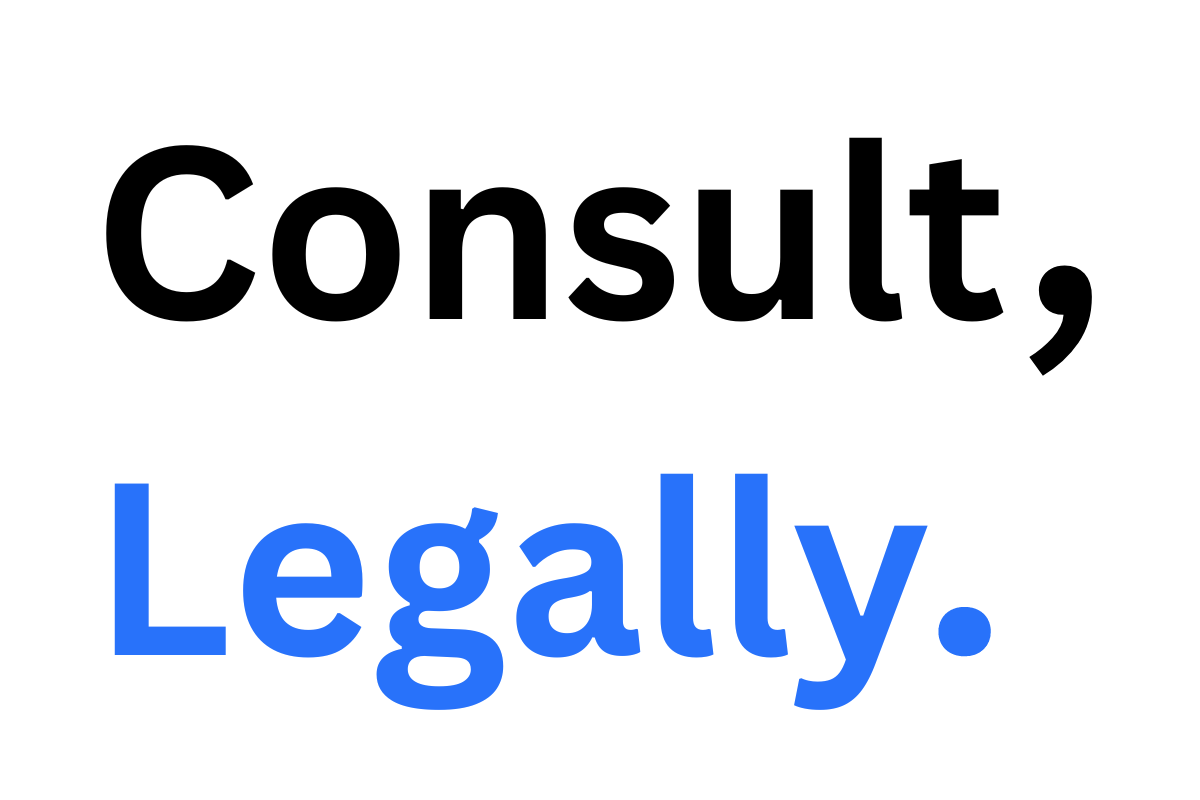If you’re navigating a tough time in California due to a disability or job loss, you might wonder, “Does disability pay more than unemployment in California?” Whether you’re dealing with an illness or injury that keeps you from working, or you’ve lost your job and are seeking support, understanding the financial aid options available to you is crucial.
In California, two major programs can provide assistance: Disability Insurance (SDI) and Unemployment Insurance (UI). But how do they compare, and which one offers more financial support? Let’s break it down.
What Are Disability and Unemployment Benefits?
Before we dive into the comparison, it’s important to understand what each program offers.
Disability Insurance (SDI) in California
California’s State Disability Insurance (SDI) program is designed for individuals who are temporarily unable to work due to non-work-related injuries or illnesses, including pregnancy. The goal of SDI is to replace a portion of your lost wages when you cannot perform your regular job duties.
Here’s how it works:
- Eligibility: You must have paid into SDI through payroll deductions, be unable to work for at least 8 days due to a disability, and meet other requirements.
- Payment Amount: SDI generally pays about 55% of your weekly wages before taxes, up to a maximum of $1,540 per week (this can change depending on your earnings). The exact amount you get depends on how much you earned in the base period, which is the 12 months before your disability began.
- Duration: SDI benefits last for a maximum of 52 weeks (1 year) but can be extended if you’re still unable to work.
Unemployment Insurance (UI) in California
Unemployment Insurance (UI) is for people who have lost their jobs through no fault of their own and are actively seeking new employment. This program provides temporary financial assistance until you can get back on your feet and find another job.
Here’s how it works:
- Eligibility: To qualify, you must have worked in California, lost your job through no fault of your own (e.g., your company laid you off), and be actively looking for work.
- Payment Amount: Unemployment benefits replace about 50% of your average weekly wages before taxes, up to a maximum of $450 per week (this can vary based on your earnings). The exact amount depends on your highest earnings during a specific period, called the base period.
- Duration: UI benefits are typically available for up to 26 weeks, although this can be extended in times of high unemployment or other exceptional circumstances.
So, Does Disability Pay More Than Unemployment in California?
Now that you understand the basics of each program, let’s compare them directly.
Amount of Payment
The payment amount is one of the most important factors when deciding which benefit is more financially supportive. In general, Disability Insurance (SDI) tends to offer higher benefits than Unemployment Insurance (UI).
- Disability Insurance (SDI): Pays about 55% of your average weekly earnings before taxes, up to a maximum of $1,540 per week.
- Unemployment Insurance (UI): Pays about 50% of your average weekly earnings before taxes, with a maximum of $450 per week.
As you can see, SDI has a much higher weekly payout limit compared to UI. For example, if you earned $2,500 a week before your disability, SDI would replace $1,375 (55% of your weekly wages), whereas UI would only provide $1,250 (50% of your wages). Even at the maximum rate, SDI offers $1,540 per week, while UI caps out at $450.
Eligibility Criteria
While the amount of money you receive is important, the eligibility criteria are just as crucial to consider when determining which benefit you can access.
- Disability Insurance (SDI): To qualify for SDI, you must be unable to work due to a medical condition. The condition can be anything from a serious illness to pregnancy or an injury. The key here is that your inability to work must be medically certified by a healthcare provider.
- Unemployment Insurance (UI): On the other hand, UI benefits are for people who have lost their job and are actively looking for new employment. If you lost your job because your employer went out of business, you were laid off, or you had to quit for a valid reason (e.g., harassment or unsafe working conditions), you might qualify. UI requires you to be actively seeking work, which means you can’t receive UI benefits if you’re unable to work due to illness or injury unless you qualify for SDI at the same time.
In short, if you’re unable to work because of a disability, SDI is your best option. But if you are jobless due to layoffs and actively seeking work, UI will be the right choice for you.
Duration of Benefits
Another important factor to consider is the duration of benefits.
- Disability Insurance (SDI): Provides benefits for up to 52 weeks, giving you more long-term support if you’re recovering from an illness, injury, or pregnancy. If your disability persists, you can apply for an extension.
- Unemployment Insurance (UI): Typically provides benefits for a maximum of 26 weeks. However, the duration can be extended during periods of high unemployment or special circumstances. If you still cannot find a job after 26 weeks, you will need to look for other financial support.
Therefore, SDI offers a longer duration of payments, which might be more useful if you’re out of work for an extended period due to a disability.
Additional Factors to Consider
Beyond just the payment amounts and duration, there are other factors that could influence which benefit program is right for you:
- Part-Time Work: If you’re receiving SDI benefits, any part-time work you do could reduce your benefits. On the other hand, if you’re receiving UI benefits and manage to get a part-time job, your benefits may be reduced accordingly, but you might still receive some support while working.
- How and When You Apply: The process for applying for SDI and UI is different. To qualify for SDI, you must submit a medical certificate from your doctor. For UI, you need to show that you are actively seeking employment and have lost your job through no fault of your own.
- State Programs: California offers other programs such as Paid Family Leave (PFL) and State Disability Insurance (SDI) extensions that can supplement your income while you’re unable to work. You may want to explore these options if you qualify.
Can You Collect Both Disability and Unemployment?
In some cases, individuals may qualify for both Disability and Unemployment benefits at the same time. However, this is rare and typically applies when:
- You qualify for Disability first (because you cannot work due to an illness or injury).
- After your disability period ends, you become eligible for Unemployment because you are able to work again, but cannot find a job.
For example, you may first receive SDI because of a disability. Once you’re no longer disabled but still unemployed, you may switch to receiving UI benefits. However, you cannot receive both SDI and UI simultaneously for the same period of time.
Final Thoughts: Which Pays More?
To sum it up, Disability Insurance (SDI) generally provides more financial support than Unemployment Insurance (UI), especially if your earnings were higher before your disability. SDI offers higher weekly payments (up to $1,540) compared to UI’s $450 per week, and it covers a longer period of time.
However, your eligibility for these benefits depends on your unique situation. If you’re unable to work due to a disability, SDI is the better option. If you’ve lost your job but can work, UI will be the right choice.
Navigating these programs can be complex, so if you’re unsure which benefits you qualify for, or if you have questions about how to apply, it’s a good idea to consult with a professional or legal expert. They can guide you through the process and help you get the financial support you need during this challenging time.

